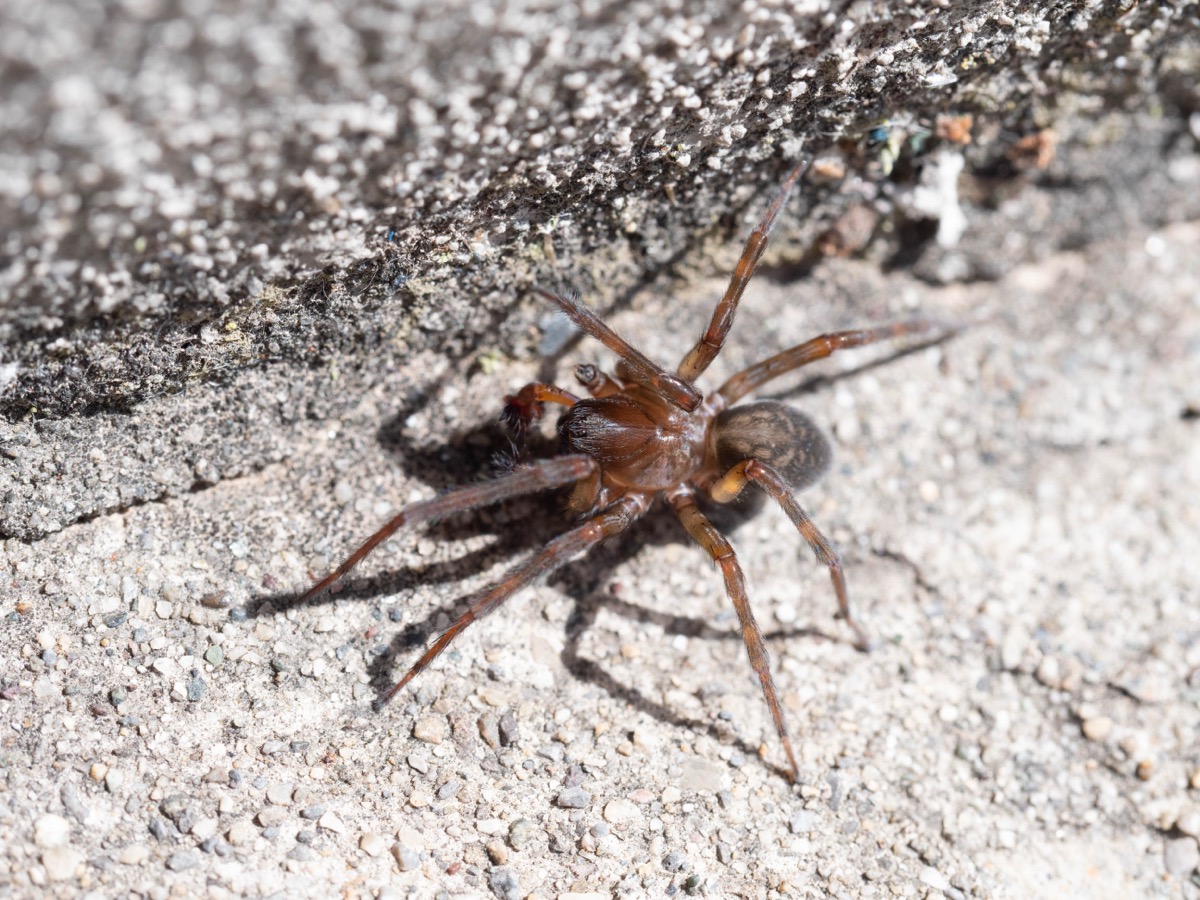The Amaurobiidae (lace-web spiders) are named for their ambush-hunting behavior, somewhat reminiscent of wolves.
Main Characteristics of Amaurobiidae:
Morphology:
Amaurobiidae spiders typically have a sturdy and compact body with long legs.
Feeding Behavior:
Amaurobiidae are ambush predators. They build tubular webs in sheltered locations such as crevices, cracks, or under rocks.
Habitat:
Amaurobiidae can be found in various habitats including forests, grasslands, scrublands, and wetlands. They generally prefer quiet, sheltered areas to build their webs.
Life Cycle:
Amaurobiidae go through a typical spider life cycle, including egg, larva, nymph, and adult stages. The female deposits her eggs in the tubular web and guards them until they hatch.
They include more than 300 species found worldwide, mainly in temperate regions.
Amaurobiidae spiders are often medium to large in size and have a robust appearance. They have eight eyes arranged in two rows—a trait that distinguishes them from other spider families.
These spiders are primarily nocturnal hunters and live in a variety of habitats such as forests, meadows, wetlands, and human dwellings. They spin sheet-like webs to catch their prey.
Although mostly solitary predators, some species of Amaurobiidae display social behavior and live in colonies with complex social organization.
List of Amaurobiidae genera (external Araneae link)


